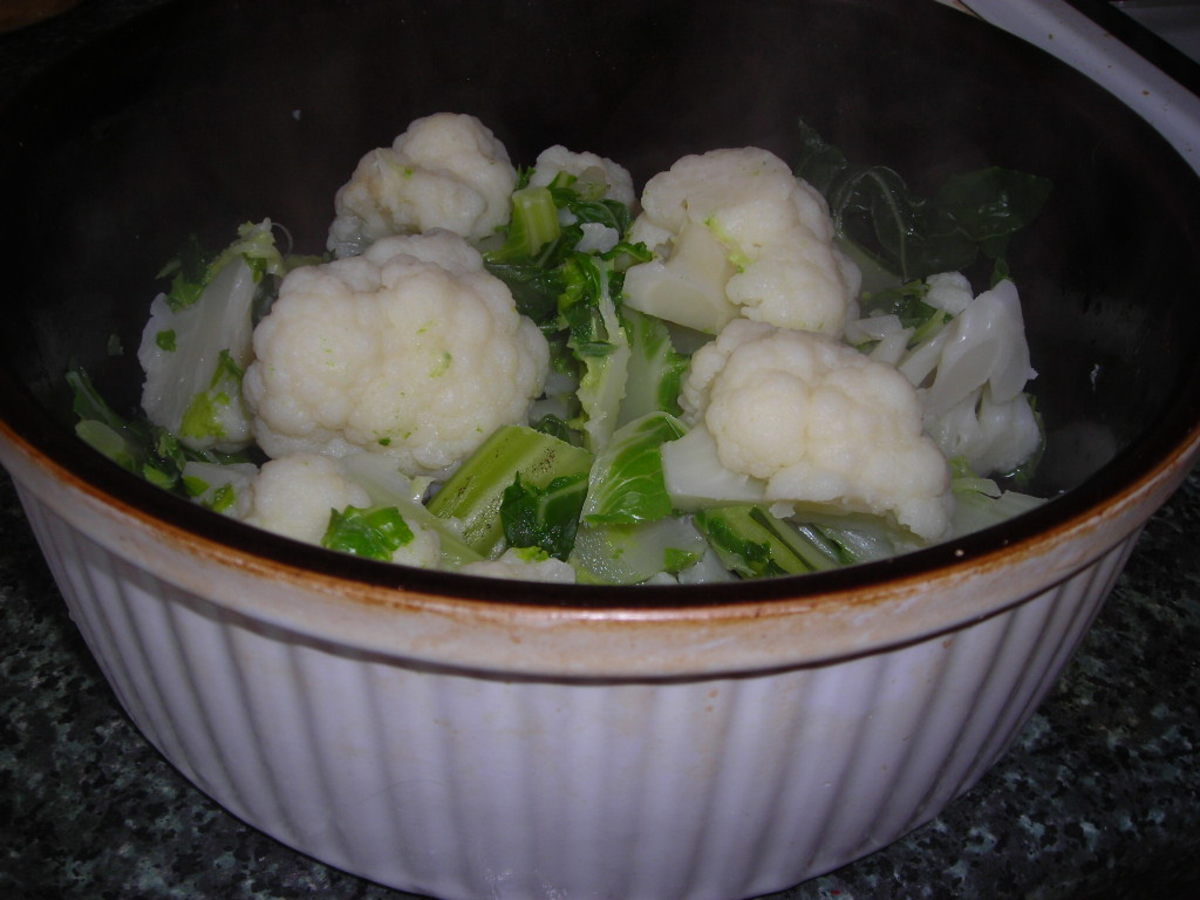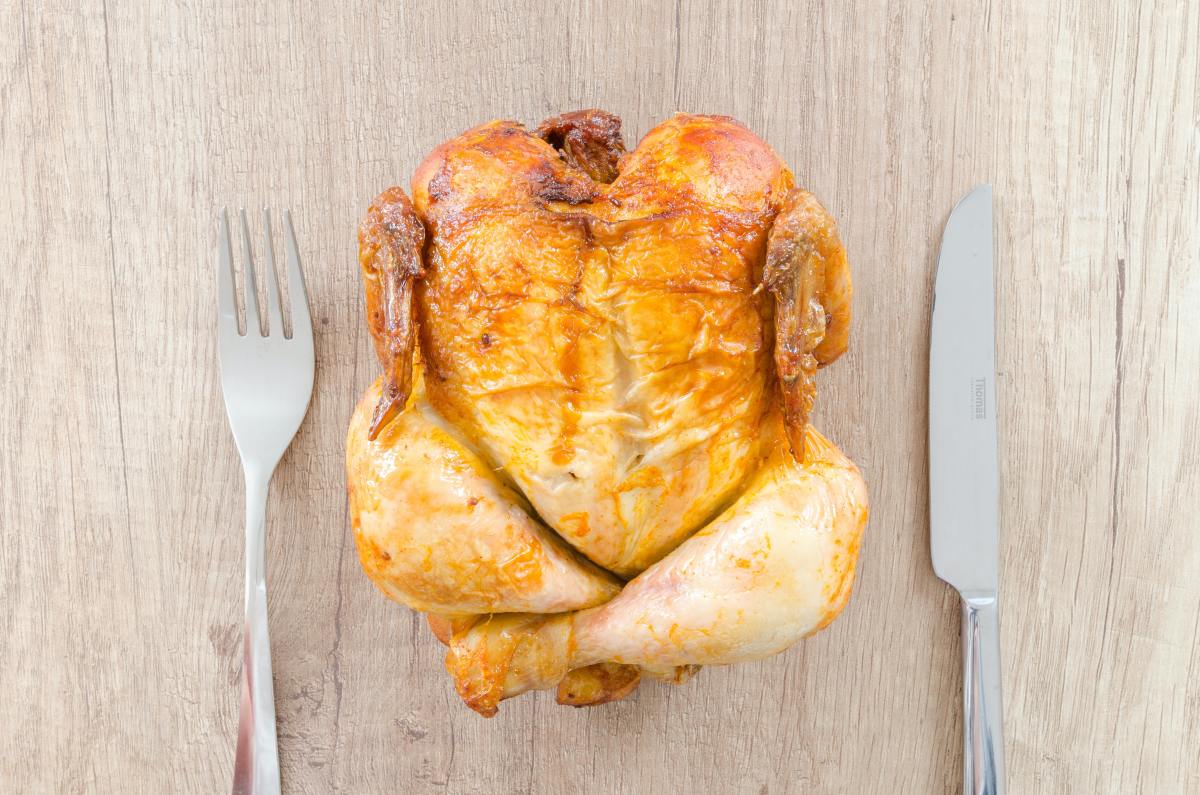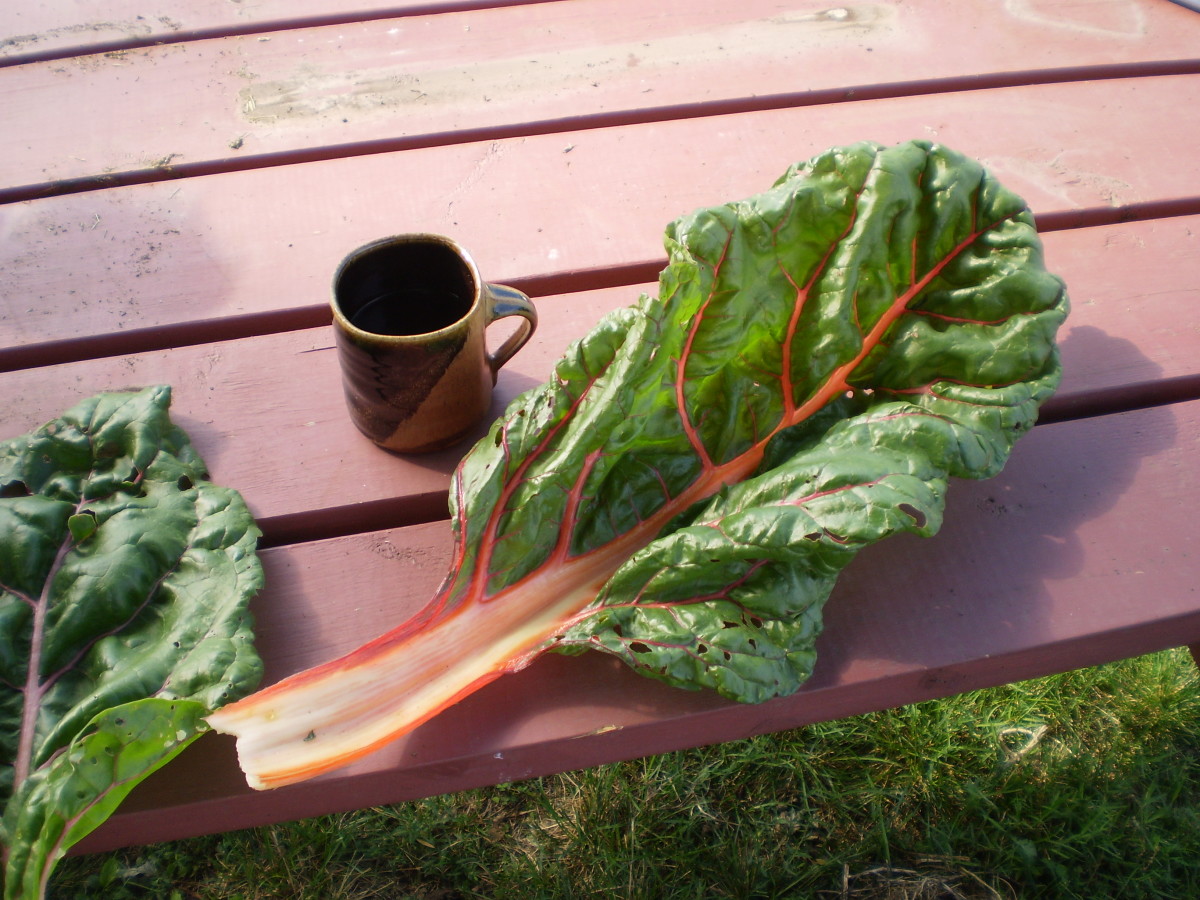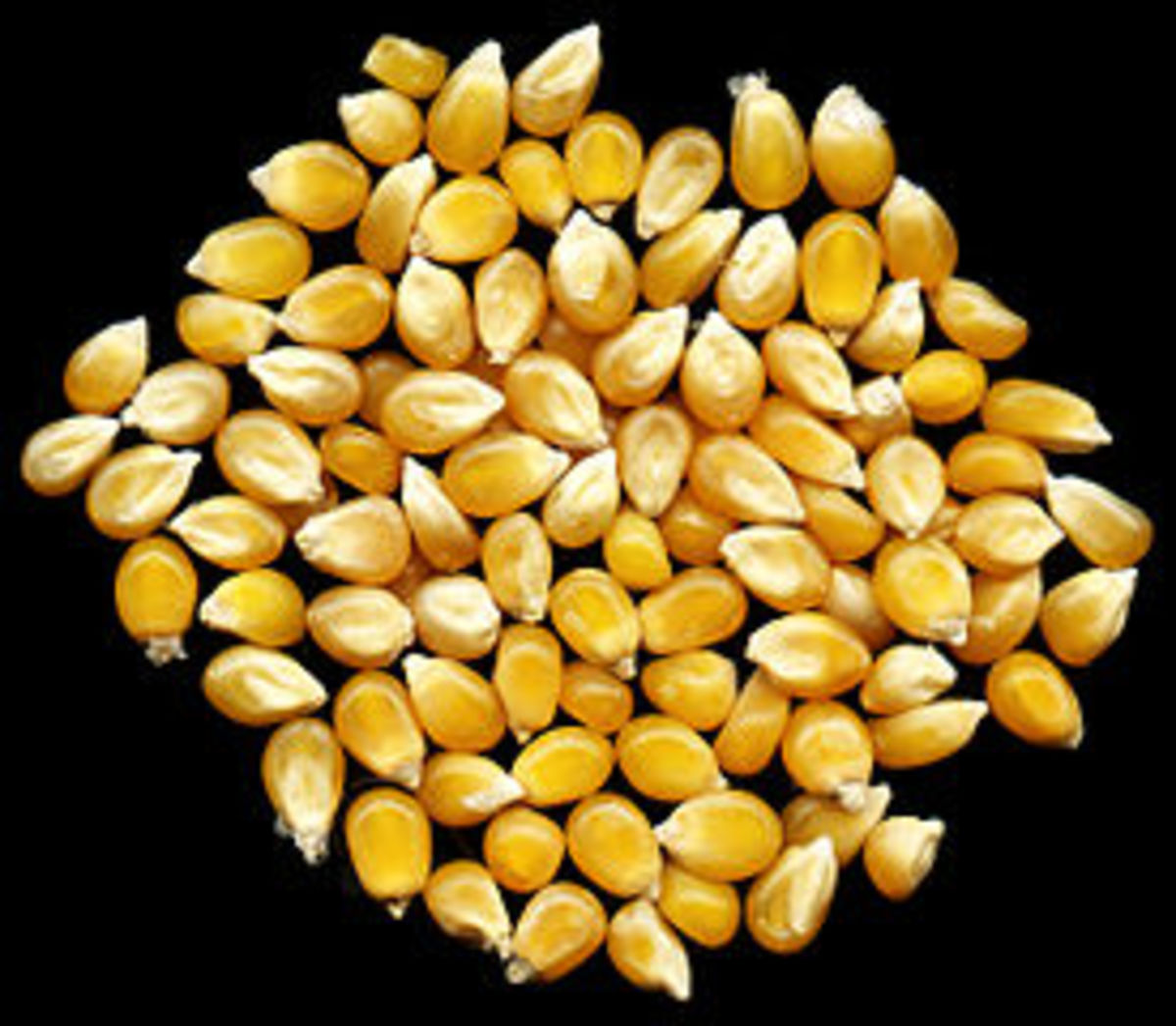How to Store and Serve Cheese at Home - Best Ways to Keep Cheese Fresh and Mold-Free
This article will give you some helpful advice and tips on how to properly store and serve your freshly bought cheese at home. Read on to find out the best ways to keep your cheese tasting good, fresh, and mold-free.
I always love cheese. From white to blue cheese or hard to soft – I just simply love the taste of cheese on my food that I can’t even imagine a breakfast without it.
Cheese, being one of nature’s most delicious and nutritious foods is not only rich in calcium, protein, phosphorus and vitamin A but they are also so easy to digest and even aids in the digestion of other foods we eat.
Yet cheese, when not stored properly just seems to spoil so easily. And before we know it, our favorite cheese has already gone stale. It has already lost its flavor, freshness or worst of all - they are either left discolored and are fully covered with molds.
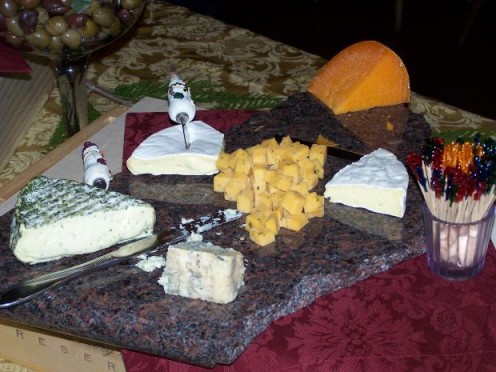
So how should we keep cheese? What’s the best and proper way to store it? How can we retain its freshness and tasty flavor before it even reaches its expiration date?
If you ask the same questions like I used to, read on for this article aims to share with you some helpful advice and tips which I learned along the way on how to properly store cheese so you can enjoy more of its really healthy and cheesy goodness.
Tips when buying cheese...
First of all when you buy cheese, make sure you’ll check the packaging carefully if its properly wrapped, sealed and if the cheese looks fresh (not dry or discolored) inside before buying. Properly wrapped cheese stays fresh for several days and, in some cases, even weeks or months.
Also, read labels and the date of production as well as date of expiration or “best before” date to make sure you get your favorite cheese fresh in the market.
Things you should know about cheese...
- Cheeses have the tendency to absorb other aromas easily which could also cause them to spoil fast when they are not stored properly.
- Soft, washed-rind cheeses when not properly wrapped has the tendency to smell in the fridge.
- Cheeses contain living organisms which shouldn’t be cut off from air as much as possible.
- Blue or bleu cheeses have strong flavor and smell. Bleus have the cultures of the mould penicillium and should be carefully kept separately from other cheeses for they have the tendency to grow easily on other cheeses which may not produce good results.
- Similar cheeses can be safely stored together as long as they don’t touch.
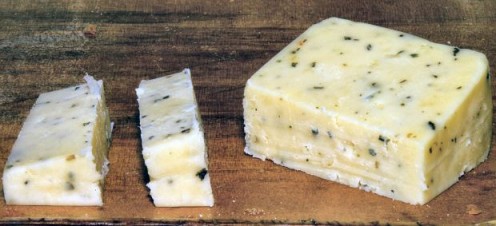
Related Articles
Storing Cheese in the Fridge
- After buying your favorite cheese, keep it in its original container and place immeditaly in the refrigerator as soon as you get home.
- Cheese may be placed in the lower shelf of the fridge and away from other strong-smelling foods. This keeps the cheese from absorbing unwanted taste and smell.
- To preserve its freshness, wrap the cheese (especially soft cheese) loosely with cheese paper or parchment paper rather than cling film. Others also use waxed paper or soy based wax paper for wrapping but any greaseproof paper will do just fine.
- Place inside a loose-fitting (not airtight) food bag or plastic to maintain air circulation and not lose humidity. This also helps prevent the cheese from absorbing other strong smelling foods.
- Blue cheese should be wrapped all over. This is to prevent the mould spores from spreading easily to other cheeses.
- Once opened, try to consume them as quickly as possible.
- Harder cheeses can be wrapped the same – with a waxed or greaseproof paper and tuck in the sides, then placed securely in plastic wrap or aluminum foil and straight into the fridge to keep them fresh longer without losing moisture.
- Hard cheese will keep well in the fridge for about a month or more. If you keep cheese in the freezer, it will last even longer for about six months.
How to Handle Cheese with Molds
- If you don’t have waxed or cheese paper for wrapping, you can also try rubbing the surface of cheese with vegetable oil to protect cheese from molds.
- If ever molds do start to form, that shouldn’t cause you to worry at all. Just simply wipe the molds off the surface for the molds on your cheese only consumed the oil, not the cheese itself.
- For white, grey, and washed rind cheeses, rub only their cut faces with vegetable oil. Bleu cheese can protect itself from molds.
- Cheeses chilled in the fridge should be taken out and put in room temperature for about an hour or two before serving. This allows the flavor and aroma to develop before they are consumed for eating.
- Aged cheeses can be stored in a wax paper or a sealed container or bag. These cheeses have low moisture and tend to last longer than other cheeses.
Storing Cheese in the Freezer
- Carefully wrap cheese in plastic wrap and place cheese in an airtight freezer bag. Store cheese in the freezer for future consumption.
- Blue cheeses should be wrapped all over. This is to prevent the mold spores from spreading readily to other cheeses.
- To thaw frozen cheeses, take them out from the freezer and transfer in the refrigerator to thaw slowly overnight. This allows the cheese to regain its lost humidity while frozen.
- Never thaw frozen cheese on the kitchen table or on the countertop.
- To make your thawed cold cheese taste better or regain its flavor, place it first in room temperature for about an hour right before serving.
What to do with left-over cheese...
Carefully wrap leftover cheese in its original wrapping and refrigerate as soon as possible to retain its moisture and flavor. Using leftover cheeses for cooking is also a great alternative.
Cheeses kept for longer periods in the freezer are best for cooking. This is because freezing can also affect their texture and taste, therefore most thawed cheeses are best used for cooking your favorite cheesy dishes and casseroles.
-
How to Properly Serve Your Stored Cheese
You Might Also Like...
- What You Need To Know About Turkish (Peynir) Cheeses
White cheese, called Beyaz Peynir in Turkish. (Photo by Loren Akten / Personal File) Turkey, a land known to have been home to many civilisations over thousands of years is not surprising to have a wide... - Peynirli Pogaca, A Turkish Puff Pastry Filled with Cheese
Poaca, one of the many puff pastries I love to eat for breakfast or as a tea-time snack is a type of dough-based salty puff pastry which has so many diffrerent varieties in terms of filling. Peynirli... - Easy Breakfast Recipe - How to Make a Cheese Mushroom Omelet / Omelette
Cheesy Mushroom Omelet fold. If you have eggs, you have breakfast. Do you agree? Perhaps you do but wait! Why not turn your eggs into a savory breakfast? Instead of just having the simple hard boiled... - Five Cheese Pasta
This is a recipe that I always share to my nephews and nieces every time we visit them. It's a simple dish that most kids love that is why I'm always happy to bake it for them. I had learned this cooking...

All About Cheese...
- Types of Cheese from Around the World
Who doesn't love cheese? There are so many different types of cheese around the world, surely everyone has at least one favorite cheese. Learn more about the basic kinds of cheeses and how they can be classified. Become a cheese connoisseur! - The Wonderful World of Cheese!
Cheese is a nutritious dairy product usually made from the curd of milk. Since it was first made some 3,000+ years ago, cheese has been an important food in the diet of many peoples. Cheese was one of the... - Cheese is Good for You! 9 Health Benefits of Cheese
Cheese is one of my favorite foods. There are certainly reasons that I've thought about giving it up (animal cruelty at dairy farms being one of those reasons) but in the end I've always gone back to eating... - Different Kinds of Cheese :: All We Need to Know Abo...
Different Kinds of Cheese :: All We Need to Know About Cheese. Growing up in Southeast Asia, my family don't eat a lot of cheese, although we drink fresh milk from animals specifically -- carabao. This is a... - Easy Recipes. A guide to Gourmet Cheese
Easy Recipies-As I said in an earlier post in the competition I really not sure why I am here. I must admit I have been inspired somewhat by a couple of recent episodes of Master-Chef but more by... - Everything you always wanted to know About Roquefort...
Considered a European luxury product in the United States, in France a piece of Roquefort along with a freshly baked bread is staple food for farmers! What is so special about Roquefort Cheese? The Roquefort is a blue cheese made exclusively with raw





